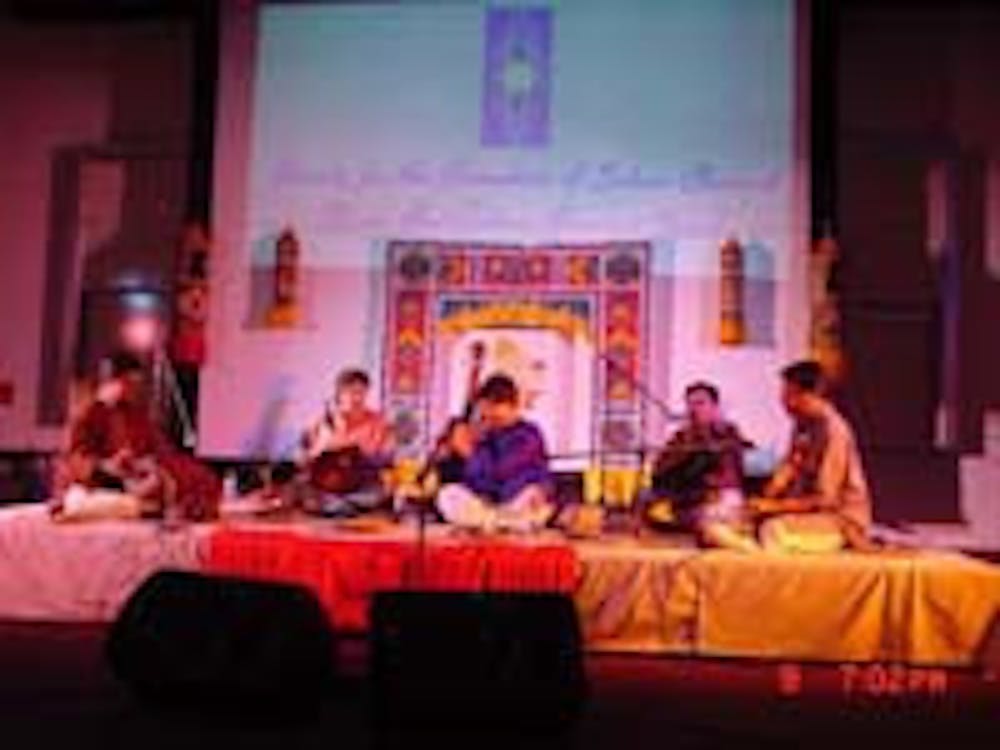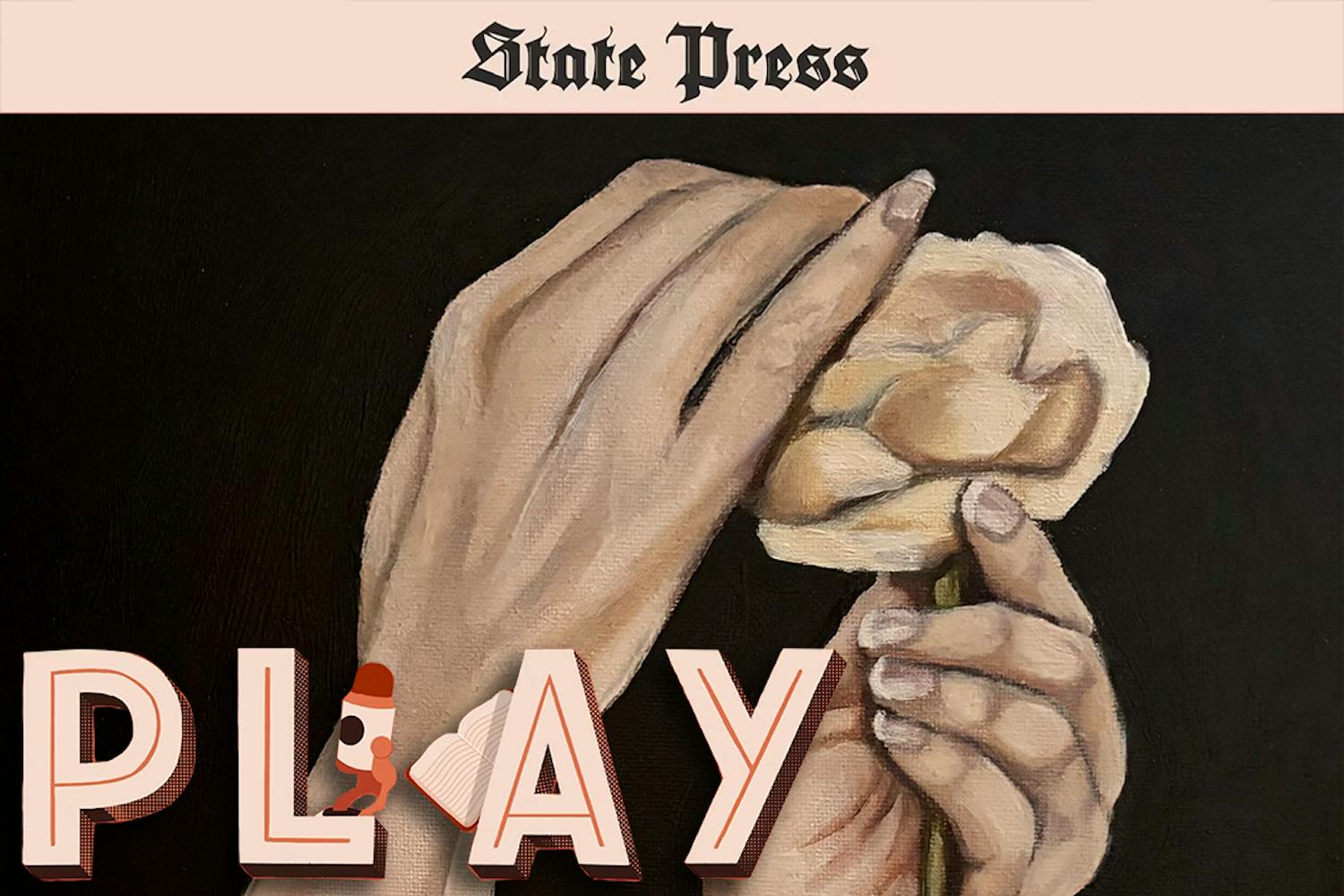He met his long lost buddies from Chennai, India, talked about common friends and later kept a multicultural audience spellbound.
At 23, Shashank, perhaps the world's youngest flutist beyond his age can mesmerise you. Bespectacled, dressed in an Oxford blue traditional Indian outfit and donning a tilak on his forehead, this flutist of international renown kept east and west in unison at Murdock hall March 9.
Shashank struck his first note when he was barely three months old. At five, his nimble fingers played the violin with ease but at six he knew what his first love was- the flute.
"I guess it came as an inborn ability, a flair to play the flute," the maestro said before his concert.
Acting on the advise of Indian flute masestro T R Mahalingam, he learnt vocal music from veteran musicians including Palghat K V Narayana Swami.
In 1990, he had his maiden flute concert at Adelaide, Australia when he was barely 11-years-old. At 12, Shahsank received a rare honor becoming the youngest musician of the last century to get an invitation to play at the prestigious "Sadas," the final concert at the Madras Music Academy's Music Festival.
From then on, there was no looking back for this widely known child prodigy. Over the years he has entertained global audiences playing the flute at several prestigious venues including the President's Palace in New Delhi, at the UNESCO in Paris, the Tropical Institute in Amsterdam, John Paul Getty Hall in Hollywood, National Academy of Sciences and Kennedy Center for Performing Arts in Washington D.C. and in Japan.
"Music to me has always been a learning process," Shashank said. As a child he used to play the flute for 12 to 13 hours without a break. "Like anything else in life, constant practice is important," he said attributing practice as a reason for his success.
Yet, his young age doesn't make him think of himself as an overachiever, instead he feels that these are his contributing years to the art of playing flute.
With close to half-a-dozen bamboo flutes of varying sizes on his side, Shashank opened the evening with gaiety and poise. He eased the doubts of his multinational audience by giving a brief description of what he was going to perform and its relation to Indian classical music and western music. The flute, after all, is inherent in the tradition of several countries.
Explaining the "ragas," or the basic elements of Indian classical music, Shashank demonstrated the different pitches so that his audience could get a glimpse of his music. The flute soon gave way to his lips, his fingers gave rhythm to the notes and the crowd became transfixed. For four hours Shashank went from melody to devotional to youthful notes and serious rendering.
"I focus on purely classical music and like any musician I keep on inventing new things," he said. Music for Shashank has become a full-time profession and he has not thought about his personal life like marriage or bringing up a family. "I am too young," he said.
The evening's function was organised by the Society for Promotion of Indian Classical Music and Culture Amongst Youth (SPICMACAY). A voluntary organization, the ASU chapter was founded in 1994 and has organised several functions bringing some of the top Indian musicians to the university. Membership is open to all and they can be contacted at http://www.asu.edu/clubs/spicmacay.




